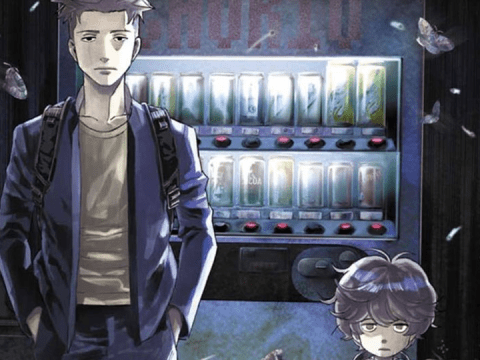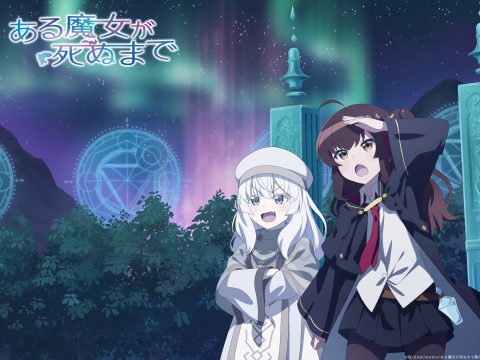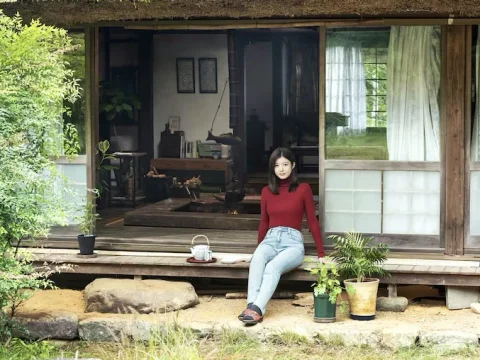Story and Art: Yoshihiro Tatsumi
 Expecting the same with Abandon the Old in Tokyo, which chronicles some of the author-illustrator’s 1970 work, I dove in with conflictingly enthusiastic trepidation. This volume, much like the one preceding it, follows artists, workers, perverts, weirdos, and the women that either love them or hate them. The titular chapter tells the story of a man burdened by his elderly mother, who lives with him in his flat like it’s an old nursing home. Through her bed-ridden days and nights, she’s constantly reminding him of what she’s owed; how this is not too distant from the way she broke her back to raise him and take care of him in his youth. Still, it becomes too much. She’s on her way out, his relationship with his fiancé seems to be on the up and up—something’s gotta give.
Expecting the same with Abandon the Old in Tokyo, which chronicles some of the author-illustrator’s 1970 work, I dove in with conflictingly enthusiastic trepidation. This volume, much like the one preceding it, follows artists, workers, perverts, weirdos, and the women that either love them or hate them. The titular chapter tells the story of a man burdened by his elderly mother, who lives with him in his flat like it’s an old nursing home. Through her bed-ridden days and nights, she’s constantly reminding him of what she’s owed; how this is not too distant from the way she broke her back to raise him and take care of him in his youth. Still, it becomes too much. She’s on her way out, his relationship with his fiancé seems to be on the up and up—something’s gotta give.
Everyday citizens bob like drones through the world, which may be the most richly detailed aspect of these books. Tokyo is certainly a character unto itself, visually speaking, towering over everyone as the perfect backdrop to the often-sordid scenarios. In an interview with editor Adrian Tomine, Tatsumi himself acknowledges the darker nature of this volume’s stories, saying they “marked a breakthrough and rekindled [his] passion for gekiga.•bCrLf Not only is that term for dramatic adult stories one he’s known for coining, but also something he’s been able to mine thousands of pages from, injecting each with personal twists and, occasionally, humor.
Beautifully bound and relatively cheap, these slice of life stories, both repellent and attractive, stick with the reader long after the book is slammed shut. As a window not only into another side of manga, but Tokyo Past itself, none of these Yoshihiro Tatsumi collections should be missed.







